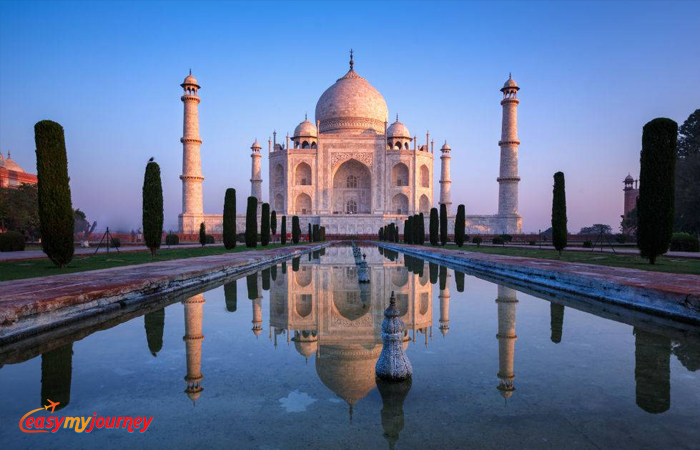Chhath Puja festival is celebrated to thank Sun God for showering his blessings for a peaceful and happy life. Celebrations of Chhath Puja in 25th October 2017.
Chhath Puja is a festival uniquely associated with the worship of the powerful Sun God. As the only festival that has been carried on from the Vedic period, Chhath puja is indelibly associated with nature-worship for the well-being of humanity. This festival celebrates and offers gratitude to Lord Surya who represents the permanent source of life and sustenance on this earth.
The Chhath festival is an inextricable part of the culture of Bihar, Jharkhand and parts of Uttar Pradesh. As the Sun God manifests his greatest power in the rising and setting sun, these two significant moments coincide with the two 'aragyas' or offering of river water to Lord Surya during the festival. The morning glory of the rising sun and the majesty of the setting sun evoke a sense of power and awe among millions of devotees who come to pay obeisance to Lord Surya. Chhath puja in Bihar is also associated with wish-fulfillment when a devotee carries out the rituals of the puja selflessly.
Chhath festival commences in the Kartik month, precisely six days following the 'festival of lights'- Diwali. The festival lasts four days comprising elaborate rituals of bathing, prasad-making, fasting and maintaining cleanliness. "Chaiti Chhath" is held after Holi in the month of Chaitra, somewhere between March and mid April. To facilitate the activities and rituals, the state administration also offers full support, as all the ghats of the rivers and roads need to be kept spotlessly clean while the whole city is illuminated.
Rituals and traditions of Chhath Puja
Seeped in traditional Vedic beliefs, the Chhath puja remains unmatched in the epic-level rituals and celebrations. Chhath puja is overwhelmingly celebrated in Bihar and is now equally popular in Delhi which boasts of a massive Bihari migrant population. The rituals mainly comprise fasting and chanting prayers on the banks of the Ganges, Yamuna or any clean river.
The first day is marked by bathing in the holy Ganga or Yamuna at sunrise, in order to cleanse the body for preparing 'Prasad' or offering. The next day is the day for observing strict fast till sunset. This day is termed 'kharna' and devotees prepare 'kheer' a sweet delicacy. After breaking the fast at night with the 'prasad', the devotee resumes the fast that lasts for 36 hours i.e. till third day evening. The third day evening is marked by a ritualistic puja wherein devotees offer flowers and small earthen 'diyas' on river banks. The devotees break their fast following this ritual. Partaking of the sea of humanity thronging the banks of rivers watching this ritual and singing chhath songs is an experience in itself.
As tradition goes, after offering the 'arghya' at sunset, devotees and their relatives sing 'geet' and hyms dedicated to Lord Surya. Devotees pay obeisance to the Sun God by offering rice, sugarcane, home-prepared 'thekua' or wheat cakes and various fruits in bamboo baskets or 'soop'. The 'arghya' on the fourth day along the river banks is the final one and a ceremonious affair. On this very auspicious occasion, family and friends visit the devotees' house for 'prasad' and blessings.
Celebrations and festivities during Chhath festival
Devotional songs are a significant part of the celebrations associated with Chhath puja. 'Chhath geet' can be heard everywhere and adds to the festival mood. People dress up in traditional clothes and throng the banks before sunrise, to witness the 'arghya'. Cities like Patna and Gaya are very well lit-up. The sanctity of the festival is unquestionable, as everyone sticks to the values of maintaining cleanliness and purity of mind. The devotees undergoing the rigors of fasting and renunciation are regarded highly and asked for blessings.

